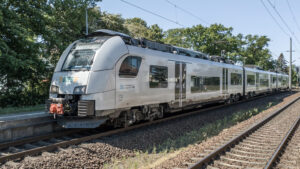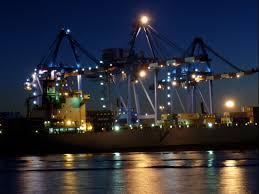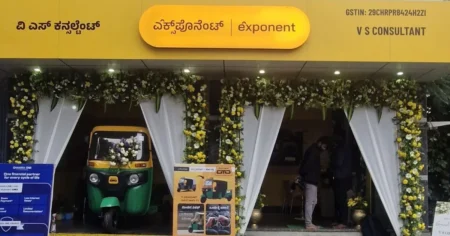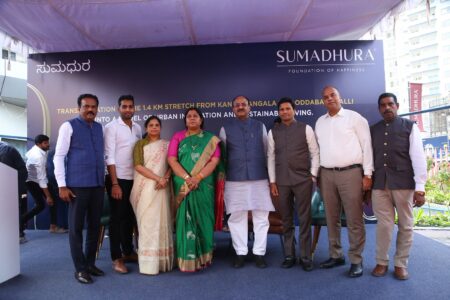As India accelerates multimodal infrastructure, voices from DFCCIL and L&T Energy reveal how Gati Shakti, private investment, and smart tech are shaping a unified, tech-forward logistics future for a faster, sustainable supply chain.

Gati Shakti enables unified logistics via multimodal infrastructure integration
Driving tomorrow’s freight
India’s logistics landscape is rapidly transforming, and at the heart of this evolution lies a clear intent: build a seamless, multimodal freight network that can deliver faster, cleaner, and more cost-effective movement. Two key voices shaping this journey, Shobhit Bhatnagar, Director of Operations & Business Development at Dedicated Freight Corridor Corporation of India (DFCCIL), and Pradeep Berde, Lead, Logistics at Larsen & Toubro Energy, share how public vision and private investment are converging to unlock a logistics revolution.

Mega-terminals are evolving with drone zones and digital operations platforms
DFCCIL’s multi-modal push
Shobhit Bhatnagar outlines how DFCCIL is building momentum by actively adopting the Gati Shakti Multi-Modal Cargo Terminal (GCT) policy. These terminals, located strategically across the country, are pivotal to India’s freight transformation. Commissioned terminals like New Rewari, New Bhaupur, and New Gothangam already show promise, while upcoming ones at Dadri, Dharuhera, and Jeonathpur will serve as major freight hubs.
“These cargo terminals will facilitate smoother and faster cargo movement across dedicated freight corridors,” says Bhatnagar. “With support from the Railway Board, these projects are aligned to reduce transit times and logistics costs.”
Power of Gati Shakti
The Gati Shakti master plan, Bhatnagar explains, is not just policy; it’s a strategy for unified infrastructure development across rail, road, ports, and inland waterways. “It supports unified logistics planning by integrating different modes, addressing first- and last-mile gaps,” he says. What makes it more robust is its alignment with the National Logistics Policy, ensuring timely execution and public-private synergy.
Private capital, Public speed
On the private side, Pradeep Berde of L&T Energy observes that private capital is acting as the much-needed catalyst. “Governments can’t do it alone; budget limits often stall major infrastructure projects. Private investment bridges that gap, adds innovation, and accelerates rollout timelines,” he explains. Competition and advanced project management technologies brought in by the private sector ensure better results.
Smart infrastructure in action
Berde points to current tech integration as a marker of multimodal maturity. From IoT-enabled sensors tracking vehicle health and location to route optimisation tools that weigh different modal combinations, the ecosystem is growing smarter. “Integrated logistics parks that combine warehousing, transport, and value-added services are becoming the new norm,” he notes.
Preparing for tomorrow
Looking ahead, mega-terminals are already preparing for future freight modes. “Drone landing zones, hyperloop corridors, and digital-first operations; these aren’t sci-fi anymore,” says Berde. Sustainability and energy efficiency, he believes, will define the next generation of logistics infrastructure.
India’s multimodal mission is well underway; with strategic public vision and empowered private execution, the road, rail, air, and sea are set to flow together.











